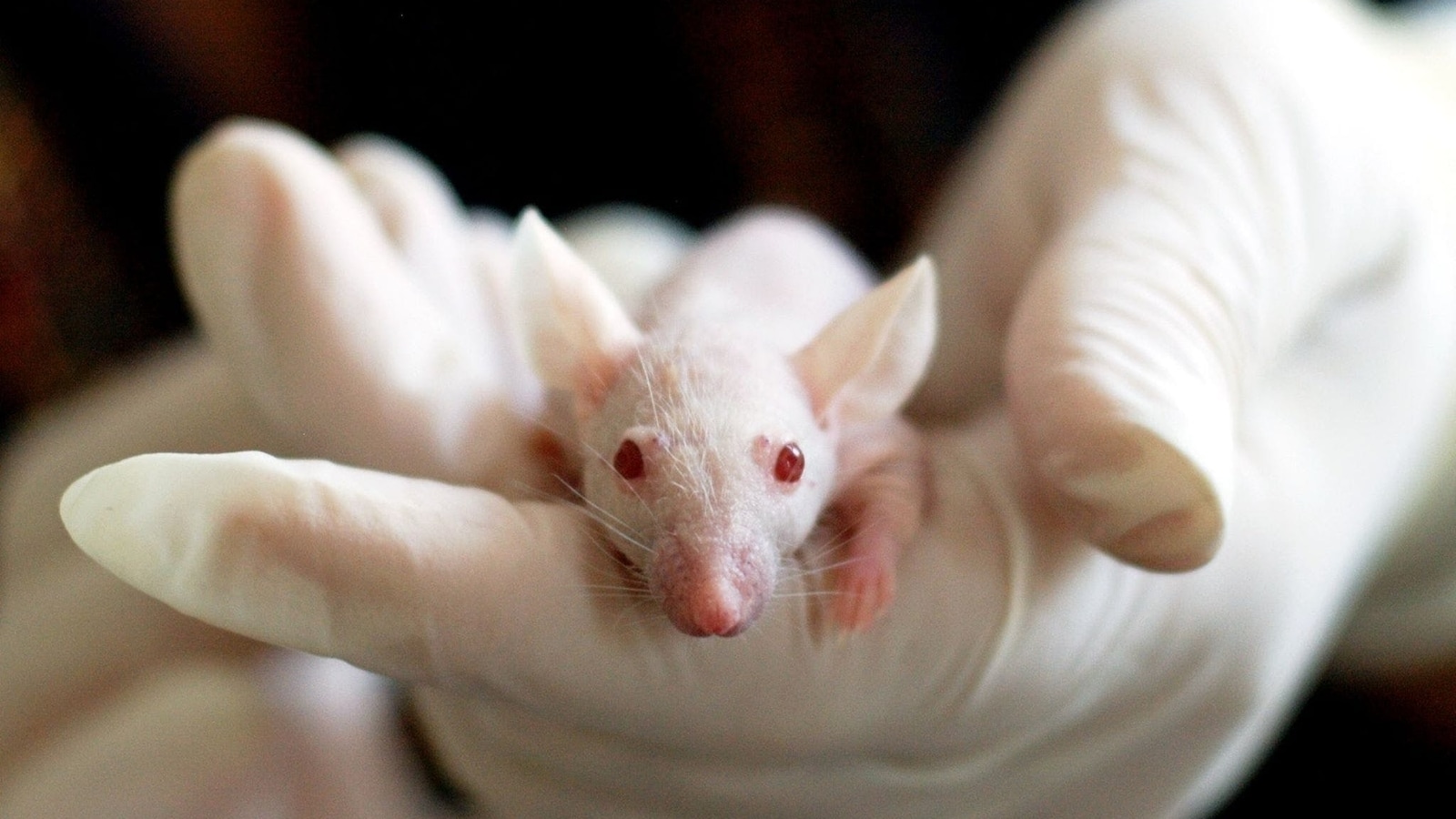In a groundbreaking achievement, researchers from the University of Yamanashi in Japan have successfully nurtured mouse embryos in the unique environment of space under zero gravity. This experiment is especially significant as it marks the first time that a fertilized mouse egg has developed into a blastocyst on the International Space Station (ISS).
The blastocyst stage is a crucial milestone in embryonic development, where cells differentiate into the inner cell mass and trophectoderm cells. The inner cell mass later forms the fetus, while the trophectoderm cells contribute to the formation of the placenta, according to The Japan news.
The research, recently published online in the journal iScience, involved sending 720 two-cell frozen mouse embryos to the ISS. Additionally, the research team designed a special device that allows astronauts to handle early mouse embryos with precision.
During the experiment, the embryos were carefully thawed and cultured over the span of four days. Half of the embryos were cultivated in a device within the Japanese Kibo experiment module, which replicates Earth’s gravitational force at 1G. The remaining embryos were cultivated in a zero-gravity environment on the ISS.
After the cultivation period, the embryos were preserved in formalin and brought back to Earth for comparison with embryos cultivated in a similar Earth-based experiment. The results were striking. In the Earth-based experiment, over 60 percent of embryos developed into blastocysts. However, the success rate dropped to 29.5 percent in the 1G space test and 23.6 percent in the zero-gravity test on the ISS.
Professor Teruhiko Wakayama from the University of Yamanashi commented on the findings, stating, “We found that, even under zero-gravity conditions, embryos develop normally until they reach the blastocyst stage.” This suggests that embryos in space can undergo typical development, as demonstrated by similar differentiations, rates of DNA damage, and gene expressions of blastocysts developed in zero gravity compared to other conditions.
Furthermore, the study revealed an intriguing discovery. Among the 12 blastocysts from the zero-gravity test, three of them exhibited a unique clustering pattern in two places, instead of the usual single cluster. These distinct blastocysts hold the potential to develop into identical monozygotic twins.

I have over 10 years of experience in the cryptocurrency industry and I have been on the list of the top authors on LinkedIn for the past 5 years. I have a wealth of knowledge to share with my readers, and my goal is to help them navigate the ever-changing world of cryptocurrencies.




